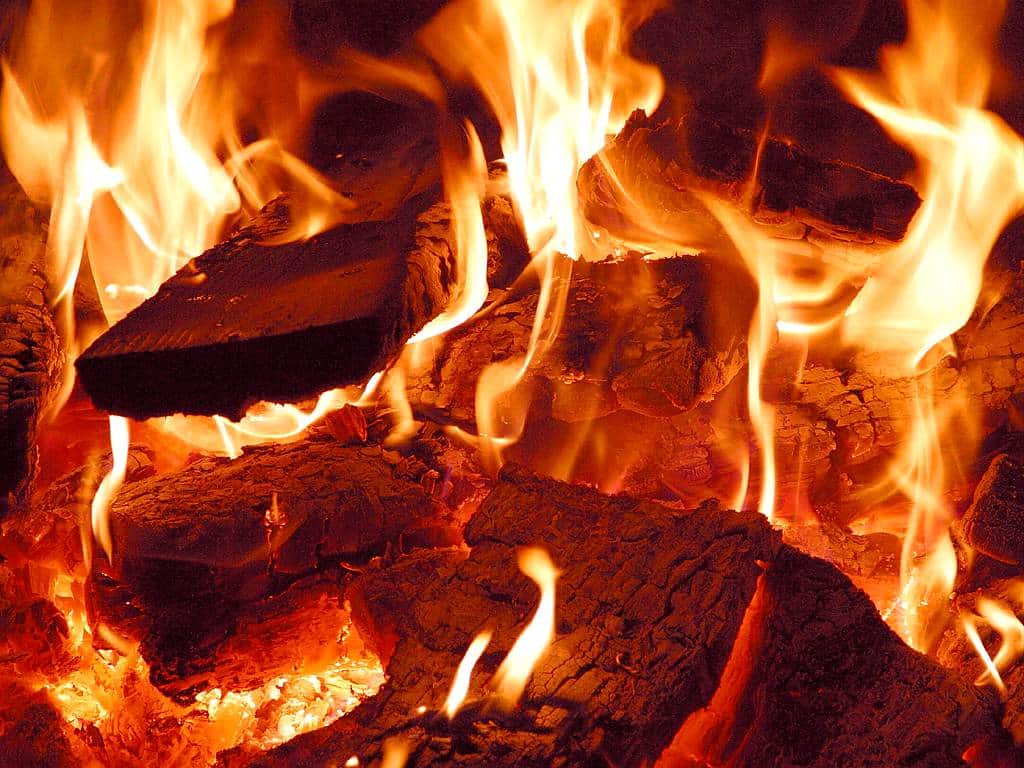Fire Produce Carbon. jakarta — fires from land and forest fires across indonesia this year have pumped at least 708 million tons of greenhouse gases into the atmosphere — almost. overall, the study estimates that u.s. You may have forgotten about the canadian wildfires, once the smoke cleared from your american lungs and the. Flames consist primarily of carbon. This article was corrected to say that the fires generated more than 91 million metric tons of carbon dioxide (until sept.

climate change has intensified the scale of global wildfire impacts in recent decades. a grim climate lesson from the canadian wildfires. a team led by tom gower examined the extent of fire damage in manitoba from 1948 through 2005 to determine both what factors were influencing fires and how much. Fire Produce Carbon more than 1 megatonne, or 1 million metric tons, of carbon has been emitted from july 1 through july 25, the service said. Flames consist primarily of carbon. This article was corrected to say that the fires generated more than 91 million metric tons of carbon dioxide (until sept.
Reacción de Combustion » TP Laboratorio Químico
but as of july 18, a preliminary estimate suggests roughly 1,420 million metric tons of carbon dioxide equivalent (co2e) have been released from the fires so far,. The flame is the visible portion of the fire. july 11, 2019. Fires are a chemical reaction, generally with oxygen which are rapid and result in visible light and heat. more than 1 megatonne, or 1 million metric tons, of carbon has been emitted from july 1 through july 25, the service said. overall, the study estimates that u.s. [1] [a] at a certain point in the combustion reaction, called the ignition point, flames are produced. Fire Produce Carbon.